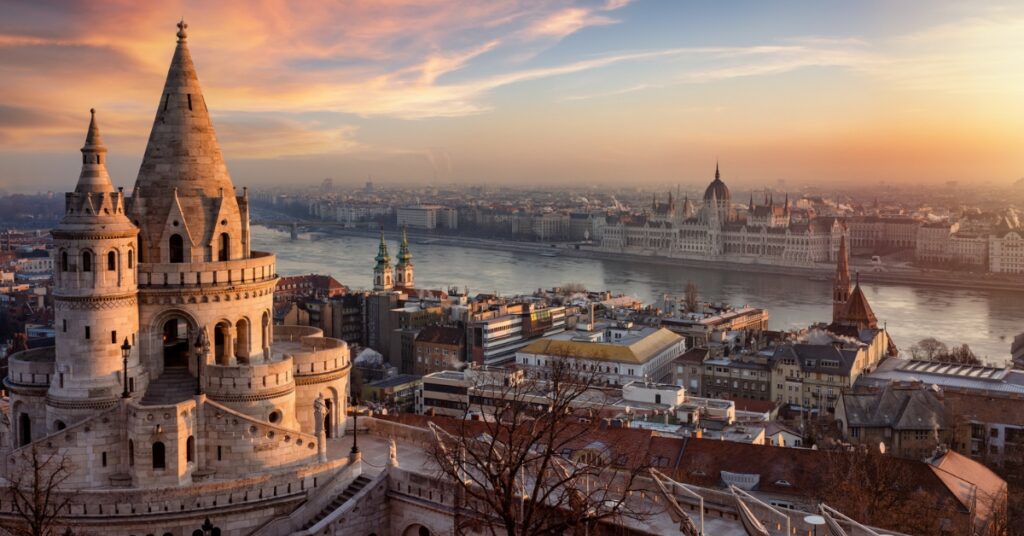
Tourism in Hungary jumped in September 2025, with 1.6 million visitors—up 8.3% from last year—spending nearly 3.8 million nights across the country, according to new data from the Central Statistical Office (KSH).
The sharp rise was fueled by more foreign travelers, especially in Budapest and Lake Balaton.
Tourism growth driven by foreign visitors
The latest figures from the KSH show that Hungary’s tourism sector continued its upward trend in September 2025.
The country welcomed 1.6 million guests who spent 3.8 million nights in hotels, guesthouses, and private stays — up 8.3% and 5.6% respectively from the same month last year.
Foreign arrivals led the growth, increasing by 11% year-on-year. Most visitors came from neighboring European countries and stayed in hotels, which hosted more than 80% of all international guests.
The Budapest area saw a 12% rise in foreign visitors, while the Lake Balaton region grew by 18%.
Budapest, Batalon lead surge
Domestic tourism also continued to climb. About 781,000 Hungarian travelers spent nearly 1.7 million nights across the country — a 5.3% rise in guests and a 3.3% increase in nights compared with last year.
The Sopron–Fertő region saw the biggest gain, up 17%, while Gyula was the only area to record a small drop.Hotels made up roughly three-quarters of all stays, but private rentals and smaller lodgings are catching up fast. These types of stays saw a 10% rise from September 2024, as travelers continued looking for cheaper or more flexible options.

Revenue rises despite lower card spending
Total revenue from tourist accommodations reached 103.7 billion forints (about $264 million), up 6.2% from last year.
However, spending through Széchenyi Recreation Cards — a popular employee benefit for domestic travel — dropped 2.2%, or roughly 2.4 billion forints.
Continued growth through 2025
From January to September, Hungarian accommodations welcomed more than 15 million guests, a 6.4% increase compared with the same period in 2024. Domestic travel rose by 2.2%, while international arrivals jumped 11%.
The figures confirm a steady upward trend in Hungary’s tourism sector through 2025, with both foreign and domestic travel continuing to rise.

Easier trips, stricter checks ahead for visitors
The rise in Hungary’s tourism shows that Europe remains an attractive destination for short-term visitors, and the timing matters.
As the Entry/Exit System (EES) becomes fully operational in April 2026, and the European Travel Information and Authorization System (ETIAS) launches later that year, travel rules for non-EU nationals will tighten but also become clearer.
For short-term visitors, these systems will simplify border checks by replacing passport stamps with digital records and pre-travel authorizations.
Travelers from visa-free countries will soon need an ETIAS approval before entering the Schengen Area, while all non-EU visitors will have their entry and exit data recorded under the EES.
For migrants or long-term residents, the changes mean greater border transparency and fewer administrative overlaps between countries.
Together, the two systems aim to make movement across Europe faster, safer, and more consistent — balancing tourism growth with tighter entry control.
Hungary’s tourism keeps gaining ground
Hungary’s tourism numbers show clear, steady growth, led by rising foreign arrivals and stronger hotel performance. The latest data confirm that both local and international travel continue to boost the country’s visitor economy.
As 2025 moves forward, Hungary’s growing appeal to travelers suggests confidence is returning to its tourism sector, a sign that the industry’s upward trend is set to continue.
